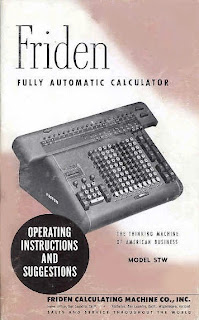Expo 67: Album Souvenir/Souvenir Book
Montreal: Benjamin News, [1966?]
Expo 67 opened forty-five years ago today. The most successful World Exhibition, it once held the record for single day-attendance: 569,500. I was one of those people. My father spent 28 April 1967, and nearly every day of the following six months at work in the International Broadcasting Centre.
A sort of unofficial CBC pavilion, the IBC housed the largest studio the corporation has ever built. Visitors might watch a news broadcast, an opera or take in the fun offered by some technical guys working behind angled plate-glass windows.
Not much to look at, architecturally the Centre was overshadowed by pretty much every other pavilion of the Exposition. My favourite, the Canadian pavilion, graces the cover of this
album souvenir.
A curious booklet, it appears to have been put together well in advance of the fair itself. It presents no images of the actual site, rather a selection of models and sketches that were done in advance of the Exposition.
All are remarkably faithful to the final product. No false advertising here.
The exception comes with the German pavilion.
The roof that went up – in a mere six weeks, it was boasted – was less transparent, less elegant, and looked much like a sturdy foundation garment.
The award for most accomplished model goes to that created for the French pavilion.
Those working on the Venezuelan pavilion had a much easier time of it.
And, finally, we have the pavilion for Monaco, which looked for all the world like an elementary school art project.
"A reminder that art class is tomorrow. Don't forget to bring in those toilet paper rolls you've been saving at home."
Kindergarten brought an abrupt end to my Expo experience. Over the years that followed, from vantage points at the old port and Île Sainte-Hélène, I watched with some sadness as its pavilions were dismantled. It wasn't until 1980 that I returned, passing the rusted carcasses of the Expo Express to take in the B-52s at the Place des Nations.
I vowed to never go back. And I haven't
 Object and Access:
Object and Access: A 32-page, staple-bound booklet in full-colour. It would seem that at a later date the
album souvenir was reissued with photographs of the completed pavilions replacing the models. Once steady thrift shop stock, copies still show up from time to time. The impatient might try the internet, but should be forewarned that most vendors are flogging the more common later edition. Six copies are listed for sale online, five of which can be had for US$15 or less. The sixth, offered by a Montreal bookseller at C$75, should be ignored.






































